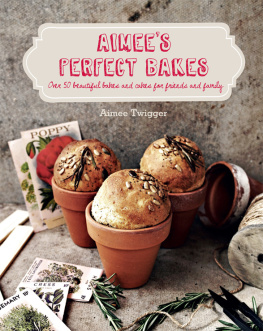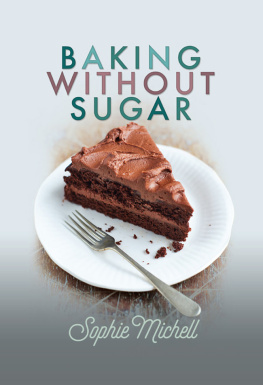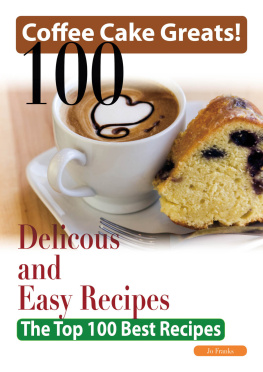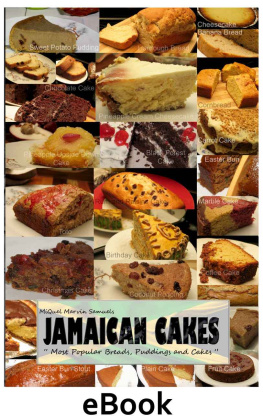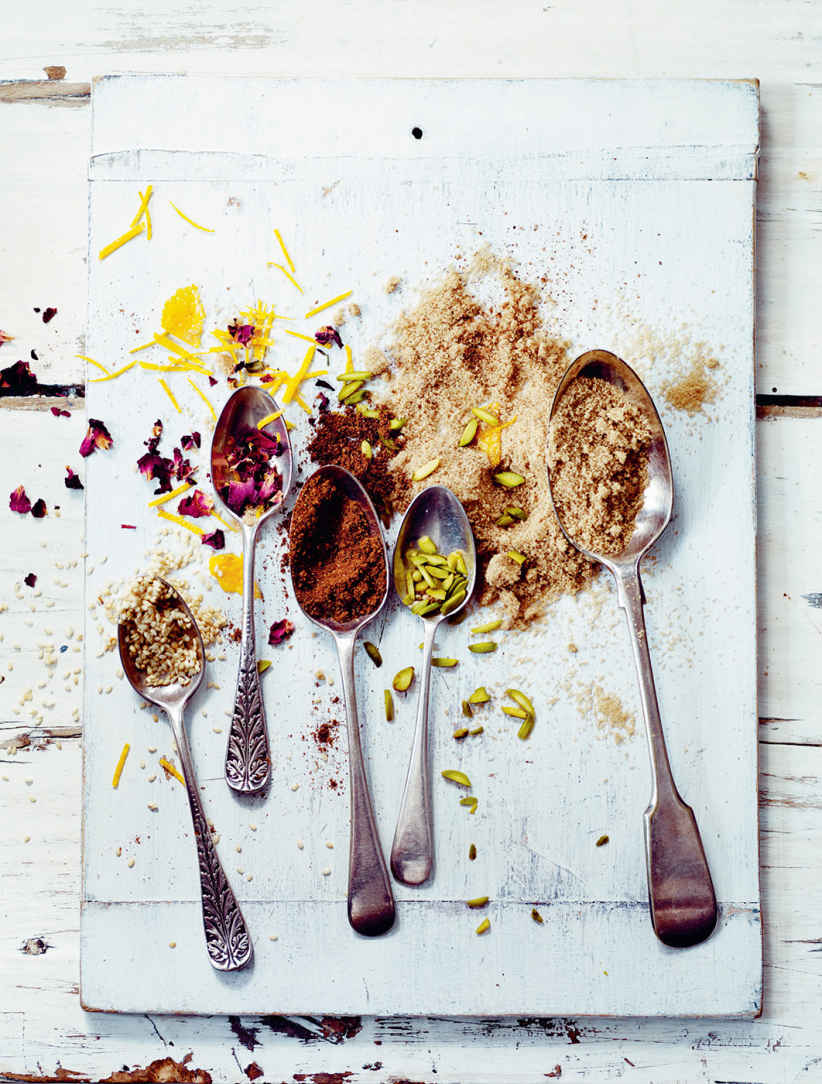
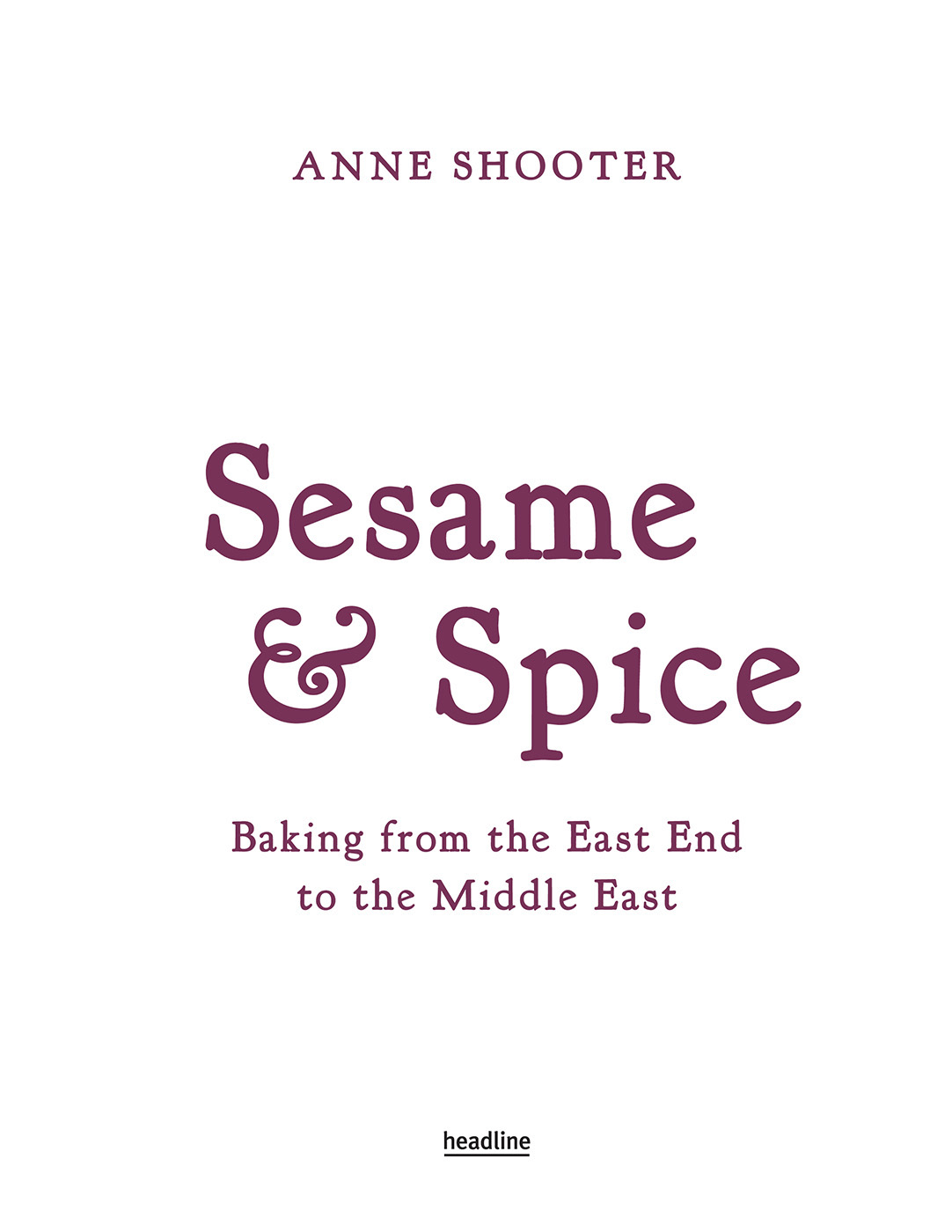
Text copyright 2015 Anne Shooter
Photography copyright Emma Lee
Photography copyright pages 812 and 159 2015 Sarah Raanan
The right of Anne Shooter to be identified as the Author of the Work has been asserted by her in accordance with the Copyright, Designs and Patents Act 1988.
First published in ebook in 2015
by HEADLINE PUBLISHING GROUP
Apart from any use permitted under UK copyright law, this publication may only be reproduced, stored, or transmitted, in any form, or by any means, with prior permission in writing of the publishers or, in the case of reprographic production, in accordance with the terms of licences issued by the Copyright Licensing Agency.
Every effort has been made to fulfil requirements with regard to reproducing copyright material. The author and publisher will be glad to rectify any omissions at the earliest opportunity.
Cataloguing in Publication Data is available from the British Library
ISBN 978 1 4722 2361 6
Project editor: Imogen Fortes
Design: Nikki Dupin / nicandlou.com
Photography: Emma Lee
Food styling: Joss Herd
Prop styling: Tabitha Hawkins
Reportage photography in Israel: Sarah Raanan
Repro at BORN Group
HEADLINE PUBLISHING GROUP
An Hachette UK Company
338 Euston Road
London NW1 3BH
www.headline.co.uk
www.hachette.co.uk
For Charlotte and Jessica
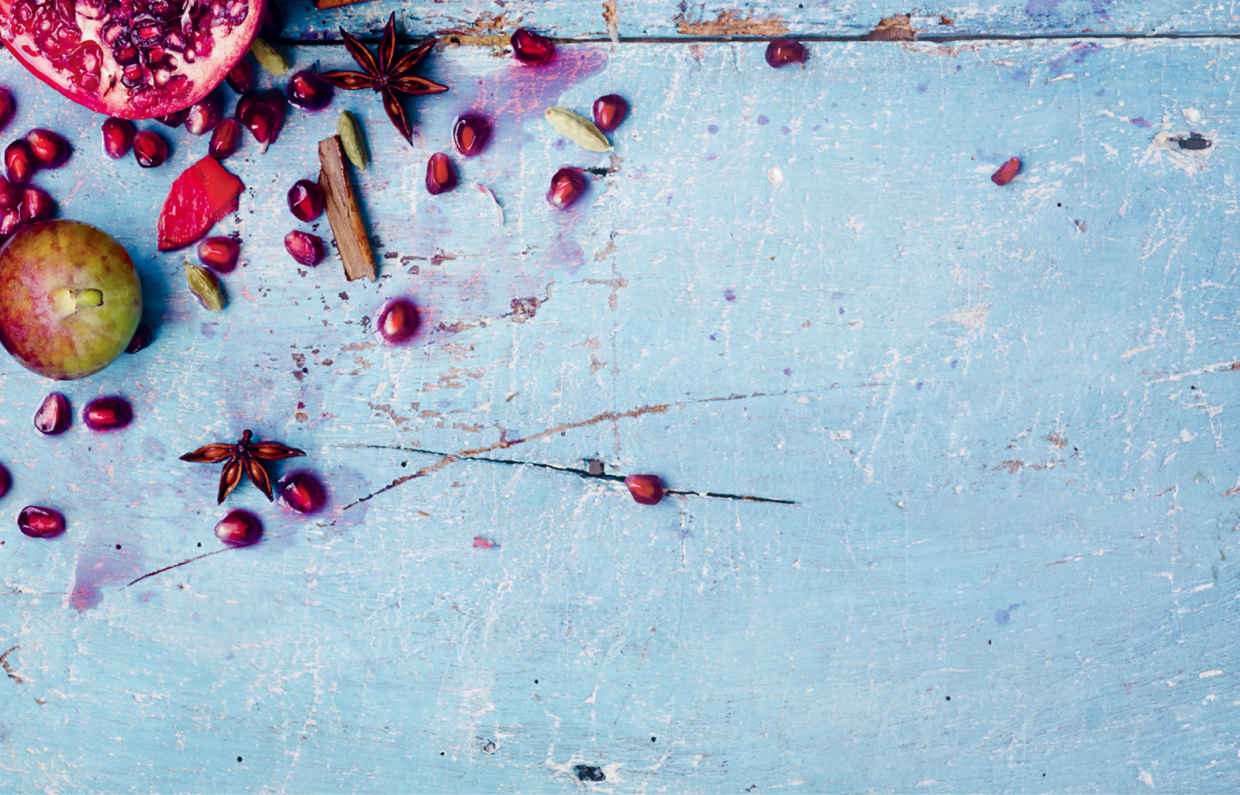
Contents
Baking for Passover
(with lots of gluten - free recipes)
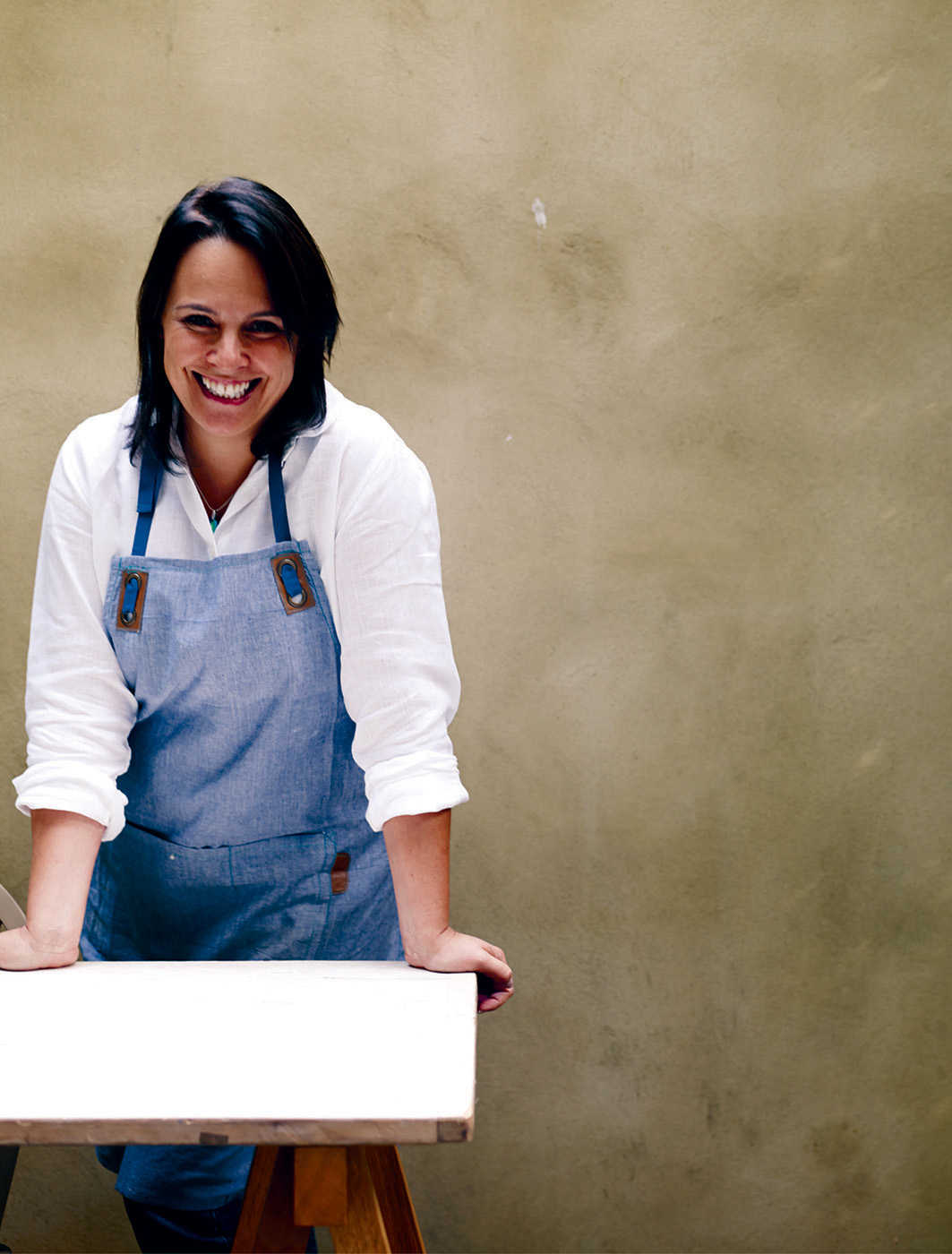
Apples, honey, almonds, figs, pomegranates, cinnamon, orange zest, sesame, lemons and vanilla. These are the scents that filled the kitchen when I was growing up and the flavours of the food I was brought up eating. They are ingredients from all over the world, brought together in the home where I lived in Romford, East London, with my mum and dad and younger twin brothers.
There were cakes laden with fruit from the trees in my grandparents garden, scented with exotic spices from faraway lands; flatbreads from the Middle East eaten alongside New York-style bagels and rye bread picked up at East End bakeries. There were Spanish-style almond cakes and poppy seed-topped squishy rolls; sweet figs and pomegranates as a special treat or if a relative came from abroad; citrus-scented puddings and fruit-filled tarts. Honey cakes alongside cheesecakes, raisin-filled biscuits and mini Danish pastries next to sticky baklava and macaroons It may seem like a random mish-mash of flavours and ingredients from different countries; and to an extent, thats what they were, but all the dishes are linked. My family is Jewish and these are the flavours from around the world that, for me, are the essence of Jewish baking.
In my family, every festival was (and still is) an opportunity to get together with family and friends and eat. But aside from food, there are other common Jewish traits that are ever-present on such occasions warmth, noisy conversation and, certainly in the Shooter household, much laughter. (Obviously there is the occasional humdinger of a row too, but lets not dwell on them.)
). The list goes on and on.
Only Jewish people could possibly have festivals where it is an absolute necessity to eat cheesecake or doughnuts or fruit cakes, and a weekly dinner that involves serving not one, but two, rich, plaited loaves of challah. And then, of course, we complain endlessly about our ever-expanding waistlines.
It is truly wonderful for me that the food I was brought up eating is enjoying something of a revival. These days everyone knows what bagels are theyre sold in supermarkets. Friends, whether Jewish or not, are forever asking for my strudel and cheesecake recipes; and serving baklava at the end of a Middle Eastern feast is only comment-worthy because Ive made rather than bought it. (And its so easy see for yourself on .)
This book is about several journeys. Firstly, it marks a stage in my own journey from journalist to cook. Twenty years after becoming a newspaper hack, aged 40, with two young kids and a hugely supportive husband, I decided to turn my passion for cooking into a career and trained at the esteemed Leiths School of Food and Wine to complete their diploma. Now I write about food for the Daily Mail and combine my cooking and writing with family life to chaotic effect.
Like many of the cooks I have read about in my vast collection of cookery books, the people who inspired my love of the kitchen were family members. In my case they were Jewish women my grandmothers, mother, aunts. They were outstanding cooks and used recipes passed from generation to generation. Some of the recipes youll find in the following pages are taken from the scrawled scraps of paper in my mums decades-old recipe folder they are so good it would be sacrilege to start messing about with them.
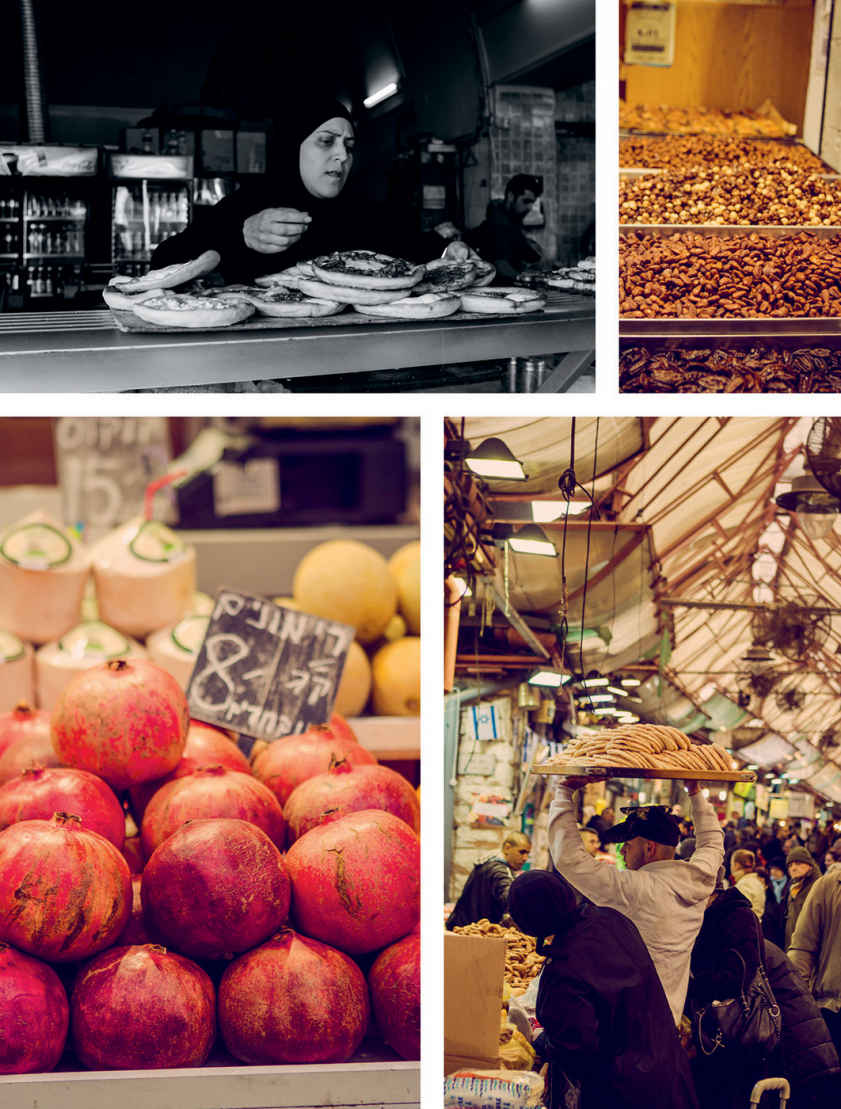
It is also the story of the journey my style of baking has taken; the story of a travelling people, whose food has evolved as they have moved from place to place, often involuntarily, adopting dishes from where they came, and taking them to their next settling point. The Jewish people have lived, thrived and cooked on every continent at some point over the last 2,000 years.
Jews exiled from ancient Israel who originally settled in Spain, Portugal and North Africa are known as Sephardic Jews. After the Inquisition in 1492, they were moved on to Ottoman areas such as Greece, Morocco, Turkey and the Middle East. Their roots are reflected in an exotic cuisine that boasts an abundance of spices, pistachios, dates, figs, syrup-soaked sponge cakes, sweet pastries and ingredients we might describe as eastern. The Jews that settled in Eastern Europe the Ashkenazis were predominantly based in Poland and Russia. They stayed there until the Enlightenment, when they were forced to leave, travelling West and taking their hearty rye breads, cheesecakes, dumplings and apple cakes with them.
So that is how we have ended up with bagel bars in America and rye bread in the salt beef shops of New York and the East End of London. And how my family kitchen ended up with sesame seeds alongside caraway seeds and baklava sitting with bagels. My mothers family was from Eastern Europe, and my granddad, Teddy Gold, owned a poultry shop so revered in the East End that even the Krays were customers. His wife Freda was an accomplished cook with a heavy touch she made chicken soup with knaidlach (dumplings), casseroles and apple cakes. My fathers mother my Booba was from Dutch aristocracy who settled in England in the seventeenth century, and she was very sophisticated. Booba spoke like the queen, wore pearls, and had weekly manicures, but she was also always trying new recipes and ingredients it was at her house that I tried mango and lychees for the first time.
Nowhere is this multi-culinaryism more evident than in Israel, where a fusion of cooking from more than 130 countries around the world and a mish-mash of traditional influences and modern innovation has created a vibrant food culture. My husbands family lives in Israel and my baking has also been inspired by my trips to Jerusalem and Tel Aviv, from where I return home with slabs of halva (a sesame seed sweetmeat), silky tahini and bags of pistachios as well as crisp pastries filled with cinnamon-scented meat or smoky aubergine pure.
Next page



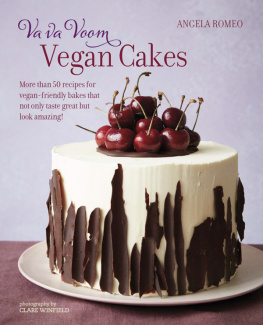
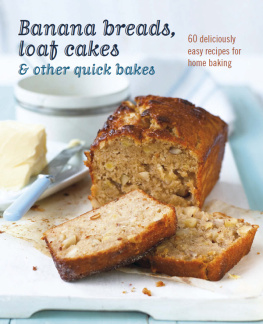
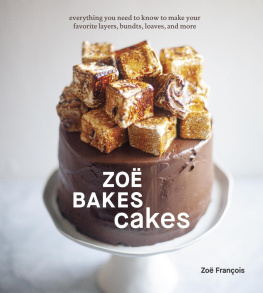
![Zoë François - Zoë Bakes Cakes: Everything You Need to Know to Make Your Favorite Layers, Bundts, Loaves, and More [A Baking Book]](/uploads/posts/book/266978/thumbs/zo-fran-ois-zo-bakes-cakes-everything-you.jpg)
